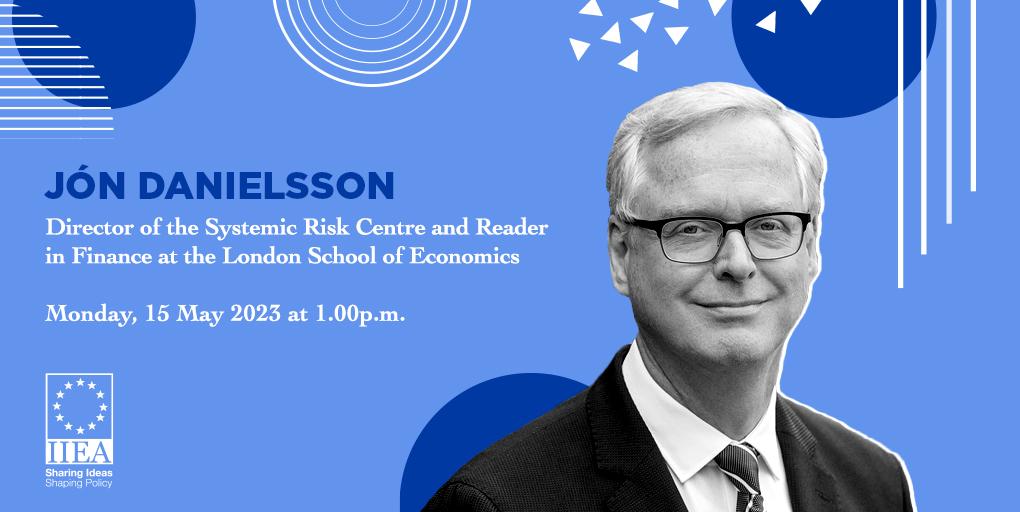The Illusion of Control: Why Financial Crises Happen, and What We Can (and Can’t) Do About It

In his address to the IIEA, Jón Danielsson discusses the ideas contained within his new book, The Illusion of Control: Why Financial Crises Happen, and What We Can (and Can’t) Do About It. Prof. Danielsson challenges the conventional wisdom surrounding financial risk, and shares his belief that easy solutions to control the financial system are doomed to fail. Instead of the buffers against shocks, it would be better, in his view, to increase shock absorption by diversifying the types of financial institutions we have, a policy that could result in more economic growth and a more stable financial system. He applies his ideas to the lessons learned from the failure of the Silicon Valley Bank and Credit Suisse.
About the Speaker:
Jón Danielsson is one of the two Directors of the Systemic Risk Centre and Reader in Finance at the LSE. Since receiving his PhD in the economics of financial markets from Duke University in 1991, his work has focused on how economic policy can lead to prosperity or disaster. He is an authority on both the technical aspects of risk forecasting and the optimal policies that governments and regulators should pursue in this area. He has written three highly regarded books: The Illusion of Control (Yale University Press, 2022), which was included on the Financial Times “Best books of 2022” list; Financial Risk Forecasting (Wiley, 2011); and Global Financial Systems: Stability and Risk (Pearson, 2013). He has also contributed numerous academic papers on systemic risk, artificial intelligence, financial risk forecasting, financial regulation and related topics to leading academic journals, including Review of Financial Studies and the Journal of Econometrics. At the LSE, he teaches courses in technical risk forecasting and on how the global financial system operates. He has also worked for the Bank of Japan and the International Monetary Fund.

